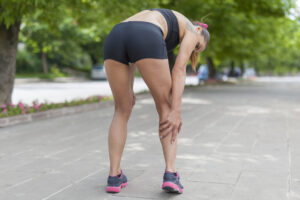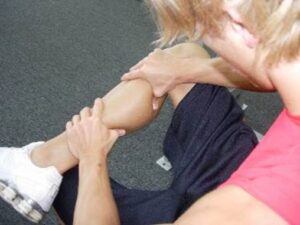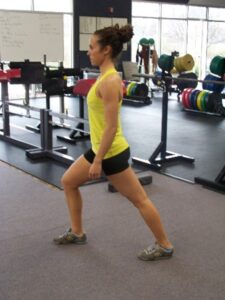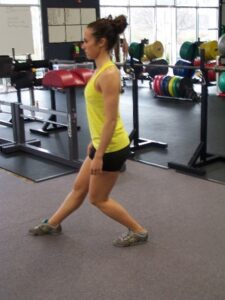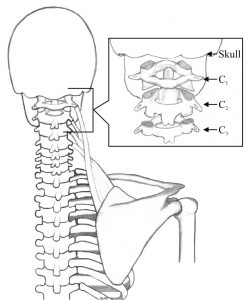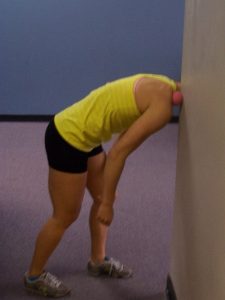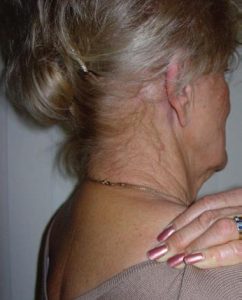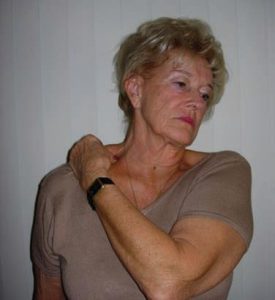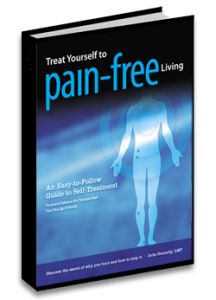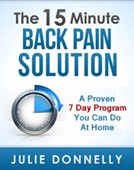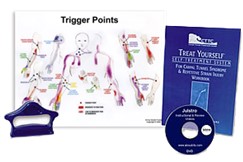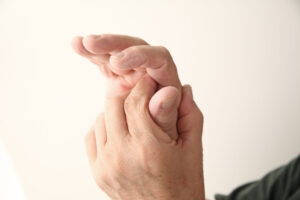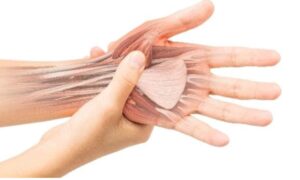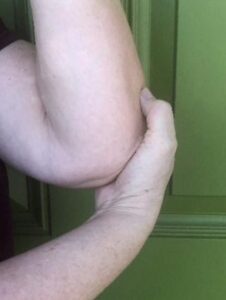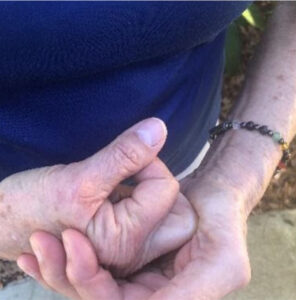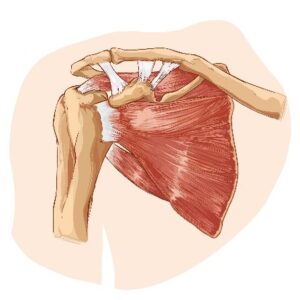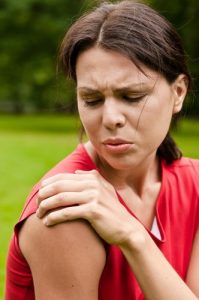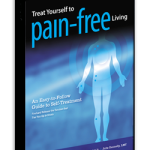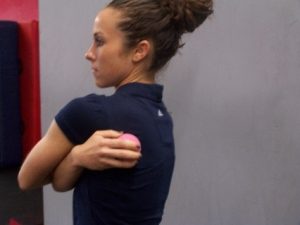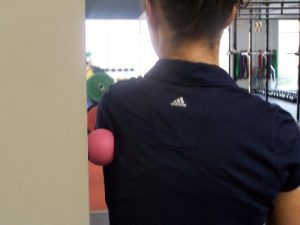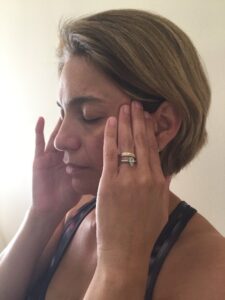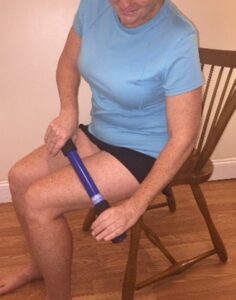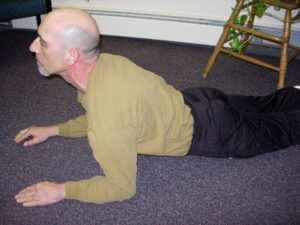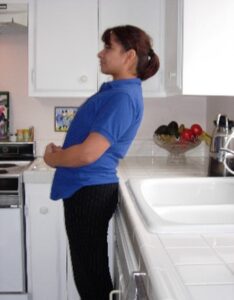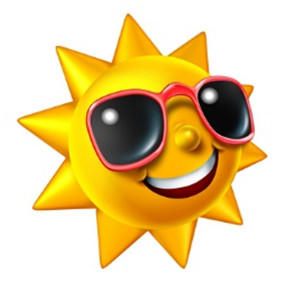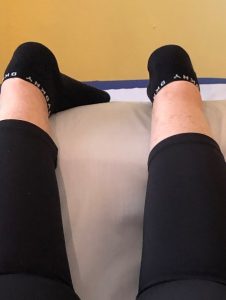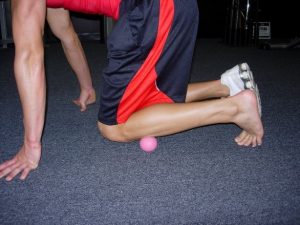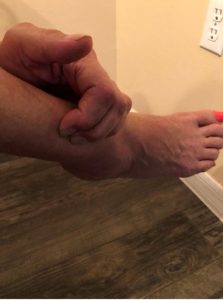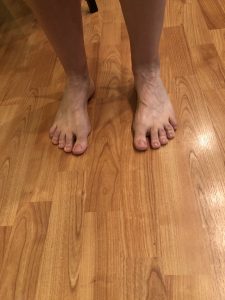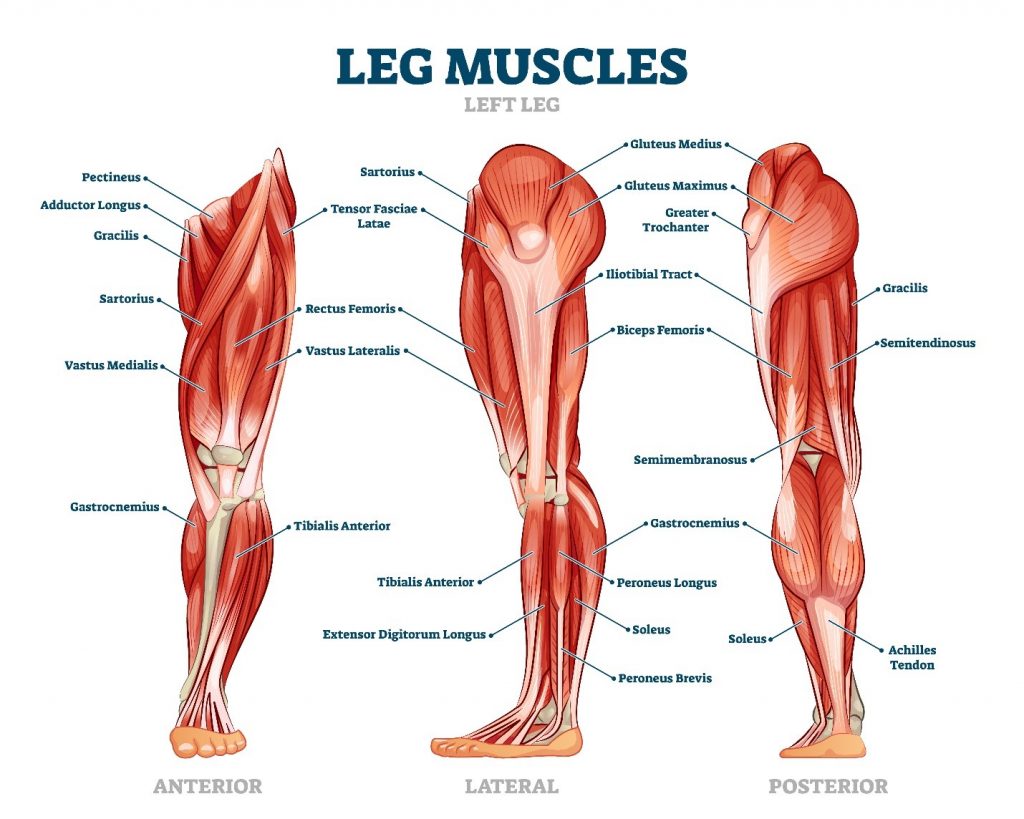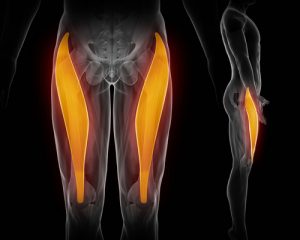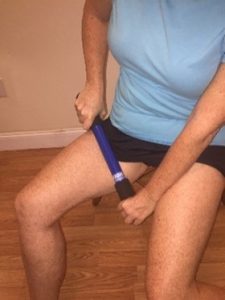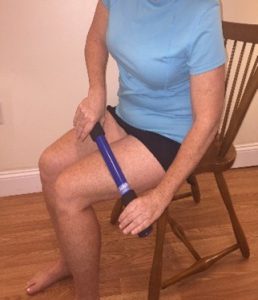What Causes Shin Splints?
Author: Julie Donnelly, LMT – The Pain Relief Expert
Editor: Dr. Steve Chaney
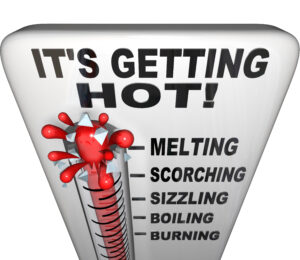 July is here and Florida is hot! The “Snowbirds” have gone north to the cooler weather (a goal of mine!) and life is moving in the slow lane.
July is here and Florida is hot! The “Snowbirds” have gone north to the cooler weather (a goal of mine!) and life is moving in the slow lane.
For me, the slow down time is giving me the opportunity to work on some big projects that are planned to bring my work to massage therapists all over the USA. If your massage therapist is interested in expanding their techniques, please tell them to contact me so we can chat.
I’m also finishing up the editing of my newest book: “Pain-Free Golf. The Secret to Your Best Golf Game Ever!” I’m grateful and want to give a shout out to John Ma and Rebecca Saggau for their help in making this a much better book.
This month’s topic is on Shin Splints, and next month I’ll be talking about something most people aren’t aware of…bone bruises.
I hope you enjoy all the outdoor activities that go with the month of July.
What Are Shin Splints?
 If you are a runner, play any sport that involves a lot of running, or if you drive for long distances, you may have experienced pain &/or burning along the front of your leg, next to your shin bone. This pain is commonly called Shin Splints.
If you are a runner, play any sport that involves a lot of running, or if you drive for long distances, you may have experienced pain &/or burning along the front of your leg, next to your shin bone. This pain is commonly called Shin Splints.
I’ve searched all through the internet and while I’ve found LOTS of articles about the cause of shin splints, the definition of shin splints, and treatments such as rest, ice, various meds, etc., I’ve never found anything that resembles the self-treatment I’ve been teaching for years and that is in each of my books.
I’m going to share that self-treatment with you. A plus is the treatment for the muscle that causes shin splints is also one of the main muscles that cause plantar fasciitis. So, you may get some pain relief that you weren’t even expecting.
What Causes Shin Splints?
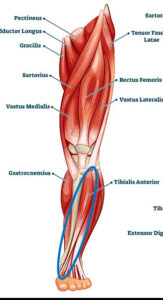 The Tibialis Anterior muscle cause shin splints. The tibialis anterior muscle runs along the outside of your shin bone (the tibia bone), merges into a tendon at your lower leg, crosses over your ankle and then inserts into your arch. When it contracts, it lifts your foot and rolls it toward the outside. Because of these attachments, it is also a key muscle in a sprained ankle and in plantar fasciitis, but these are topics for different newsletters.
The Tibialis Anterior muscle cause shin splints. The tibialis anterior muscle runs along the outside of your shin bone (the tibia bone), merges into a tendon at your lower leg, crosses over your ankle and then inserts into your arch. When it contracts, it lifts your foot and rolls it toward the outside. Because of these attachments, it is also a key muscle in a sprained ankle and in plantar fasciitis, but these are topics for different newsletters.
The muscle fibers are directly on your shin bone, so when they are tightening due to a repetitive strain, such as running or pressing down on the gas pedal while driving long distances, they start to tear off the bone. You can visualize this by considering how you rip meat off a bone while eating a steak or spareribs.
As the muscle is slowly tearing away from the bone you feel pain along the entire length of the bone, and it really hurts! Fortunately, it’s easy to release the tension in the muscle. Plus, as you’re doing the self-treatment I’m showing you, you are pressing the fibers back on to the bone, so it stops them from ripping away completely.
Relief From Shin Splints
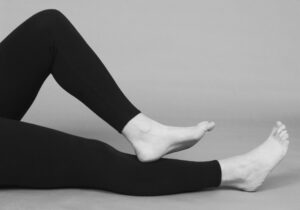 You can get immediate relief from shin splint pain by treating your tibialis anterior muscle.
You can get immediate relief from shin splint pain by treating your tibialis anterior muscle.
Begin to warm up the muscle by putting your leg straight out and running your opposite heel down the length of the muscle.
Right at the point where the picture is showing the model’s heel on her leg is the point where you’ll find the most sensitive trigger point.
Continue from just below your knee to just above your ankle joint.
Next kneel down as shown in the picture on the right, placing the ball at the top of the muscle and right next to 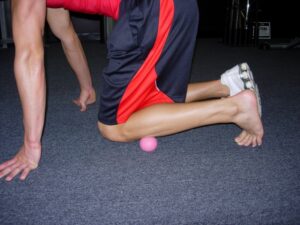 your shin bone.
your shin bone.
Notice the way his toes are bent. This will help prevent your arch from feeling like it’s going to cramp as the muscle pulls on the insertion point
Begin to move your leg so the ball is rolling down toward your ankle. Stop when you find a tight point.
When you get to your ankle you can roll back up toward your knee again. Ultimately it won’t hurt, but if it’s especially painful in the beginning just lighten up on the pressure. You may even need to lift your leg off the ball at first which will allow blood to come into the muscle fiber and help lessen the tension.
This technique has helped so many people over the years, I know it will help you too!
How To Treat Yourself For Pain Relief
I’ve written several books and programs that teach you how to self-treat for pain from your head to your feet. The Shin Splint treatment is just one technique, and if you’ve been receiving this newsletter for a long time, you’ve seen many others.
My books are a good resource and will explain why muscles are causing your pain or discomfort, and how you can stop it fast.
Wishing you well,
Julie Donnelly
www.FlexibleAthlete.com
These statements have not been evaluated by the Food and Drug Administration. This information is not intended to diagnose, treat, cure, or prevent any disease.

